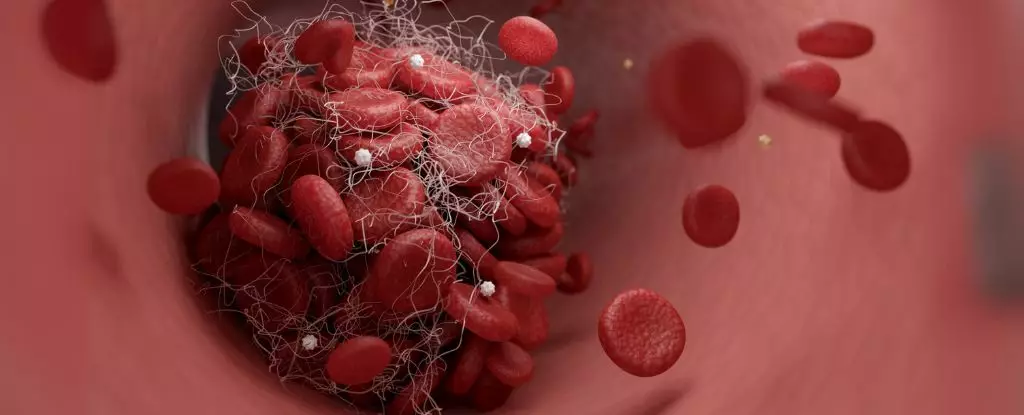As a former neurocritical care nurse turned researcher, I have seen firsthand the debilitating wave that strokes can release upon unsuspecting individuals and their loved ones. The visceral experience of dealing with stroke patients crystallized a profound truth in me: stroke is not just a medical event confined to older adults; it poses a significant threat that transcends age barriers. Despite its reputation as an affliction of the elderly, an alarming trend is emerging: an increasing number of individuals under the age of 55 are suffering from strokes. This stark reality calls for urgent public health action aimed at education and preventive measures.
A pressing issue in our society is the glaring lack of awareness about stroke risk factors among the public. Many still consider strokes as something that only affects them later in life. This dangerous misconception hampers proactive health management strategies. It is time we acknowledge that stroke risk factors such as hypertension, obesity, and poor diet are becoming increasingly pervasive among young adults. The duty rests upon us to reevaluate our health narratives and prioritize stroke prevention in our collective consciousness.
Understanding the Intricacies of Stroke
While some stroke risk factors are immutable—such as age, genetic predispositions, and certain biological traits—others are fundamentally shaped by lifestyle choices. These lifestyle-related risk factors present opportunities for proactive change. Take smoking, for instance: the connection between tobacco use and stroke is irrefutable, with smokers being more than twice as likely to experience a stroke compared to non-smokers. The treacherous cycle of nicotine addiction increases blood pressure, thickens the blood, and ultimately elevates the risk of clot formation.
Moreover, poverty and lower education levels are social determinants that compound stroke risk, creating an intergenerational cycle of health disparities. Individuals from lower socioeconomic backgrounds often engage in unhealthy lifestyle habits, like smoking or heavy drinking, and find themselves with limited access to quality healthcare services. Understanding these dynamics is crucial in establishing comprehensive community health initiatives that tackle the root causes of increased stroke vulnerability.
Crucial Lifestyle Modifications for Stroke Prevention
Breaking down the barriers to stroke prevention begins with promoting informed lifestyle choices. Here are some powerful strategies designed to combat stroke risk:
1. Quit Smoking: The evidence speaks volumes. Eliminate tobacco use to significantly reduce stroke risk. Resources and support systems are abundantly available for those wishing to quit.
2. Regular Monitoring of Blood Pressure: High blood pressure serves as a silent antagonist in our lives. Regular check-ups can catch abnormalities early, providing an opportunity to introduce lifestyle changes or medication that manage this risk factor effectively.
3. Maintaining Healthy Cholesterol Levels: The correlation between high cholesterol and heightened stroke risk is unequivocal. Awareness of dietary fats and cholesterol is crucial; prioritize lean proteins and limit saturated fat intake.
4. Healthy Blood Sugar Management: Individuals must learn to maintain balanced blood glucose levels, which can be accomplished through regular exercise and a diet abundant in whole grains and fiber.
5. Achieving a Healthy Weight: The statistics are sobering—each extra pound increases your stroke risk incrementally. Weight management through a balanced diet and exercise is a viable path toward a healthier life.
6. Adopting the Mediterranean Diet: Often linked with longevity, this diet emphasizes whole foods, healthy fats, and regular meals. Its principles offer a delicious avenue to reducing stroke risk.
7. Prioritizing Quality Sleep: Sleep and stroke prevention may not seem related at first glance, but insufficient sleep has been linked to unfavorable health changes. Aiming for 7-9 hours a night can stabilize blood pressure and promote overall health.
8. Engaging in Regular Physical Activity: Regular exercise offers profound cardiovascular benefits, significantly reducing stroke risk. The NHS emphasizes a minimum of 150 minutes of moderate exercise weekly, highlighting aerobic strengthening activities as essential.
Recognizing the Vital Role of Education and Awareness
The pressing need for awareness around strokes cannot be overstated. Through targeted public health campaigns and community-based interventions, we must instill a sense of urgency about stroke risk factors and their serious consequences.
Equipping individuals with knowledge and resources is vital in transforming public perceptions and behaviors surrounding health. As a society, fostering environments that promote healthy lifestyles leads to long-term benefits not only for individuals but also for families and communities at large. The path towards stroke prevention, although fraught with challenges, begins with enlightening conversations and actionable strategies.
The potential for stroke prevention is immense; it is time we embrace this battle for life and health, ensuring fewer people experience the life-altering impacts that strokes can inflict. Empowering individuals with knowledge and tools is the most potent weapon in this ongoing fight.


Leave a Reply